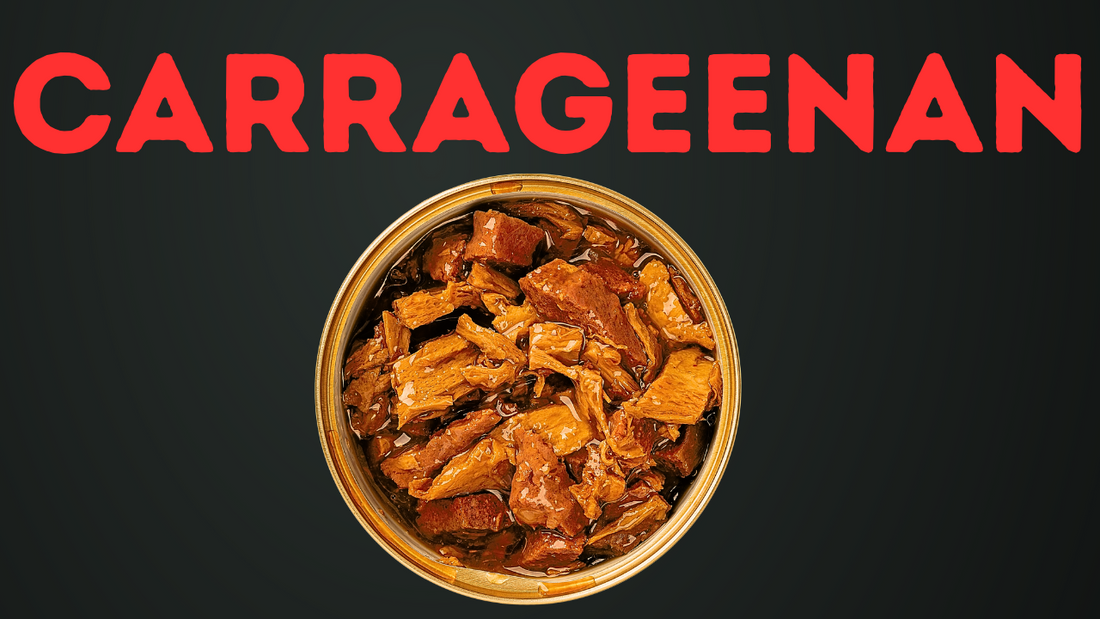
Carrageenan: The Most Dangerous Ingredient in Cat Food
Share
Carrageenan: The Most Dangerous Ingredient in Cat Food
Is carrageenan safe in cat food? Is it really carcinogenic, or is the internet just fearmongering? In this video, feline nutritionist Sam breaks down the facts behind carrageenan, its role in wet cat food, and whether you should avoid it. We’ll cover the science, the controversy, and give you practical, evidence-based advice—without the fear tactics.
Carrageenan is a polysaccharide derived from red seaweed, commonly used in wet cat and dog foods as a thickener and stabilizer. While it's approved for use in human and pet food by regulatory agencies like the FDA and EFSA, concerns have been raised about its safety — particularly in its degraded form, known as poligeenan, which is not permitted in food due to its known inflammatory and carcinogenic properties in animal models. Most pet foods contain undegraded carrageenan, but questions remain about whether it can degrade during processing or digestion.
Some animal studies have linked carrageenan to gut inflammation, though the findings are inconsistent and often use doses or forms not reflective of real-world consumption. In practice, carrageenan is often used alongside other texturizing agents like guar gum, xanthan gum, or locust bean gum.
For pets with sensitive digestion or chronic gastrointestinal issues like IBD, some veterinarians and pet nutritionists suggest trying carrageenan-free options as a precautionary step. However, for healthy animals, the current evidence does not conclusively indicate harm from typical dietary levels.